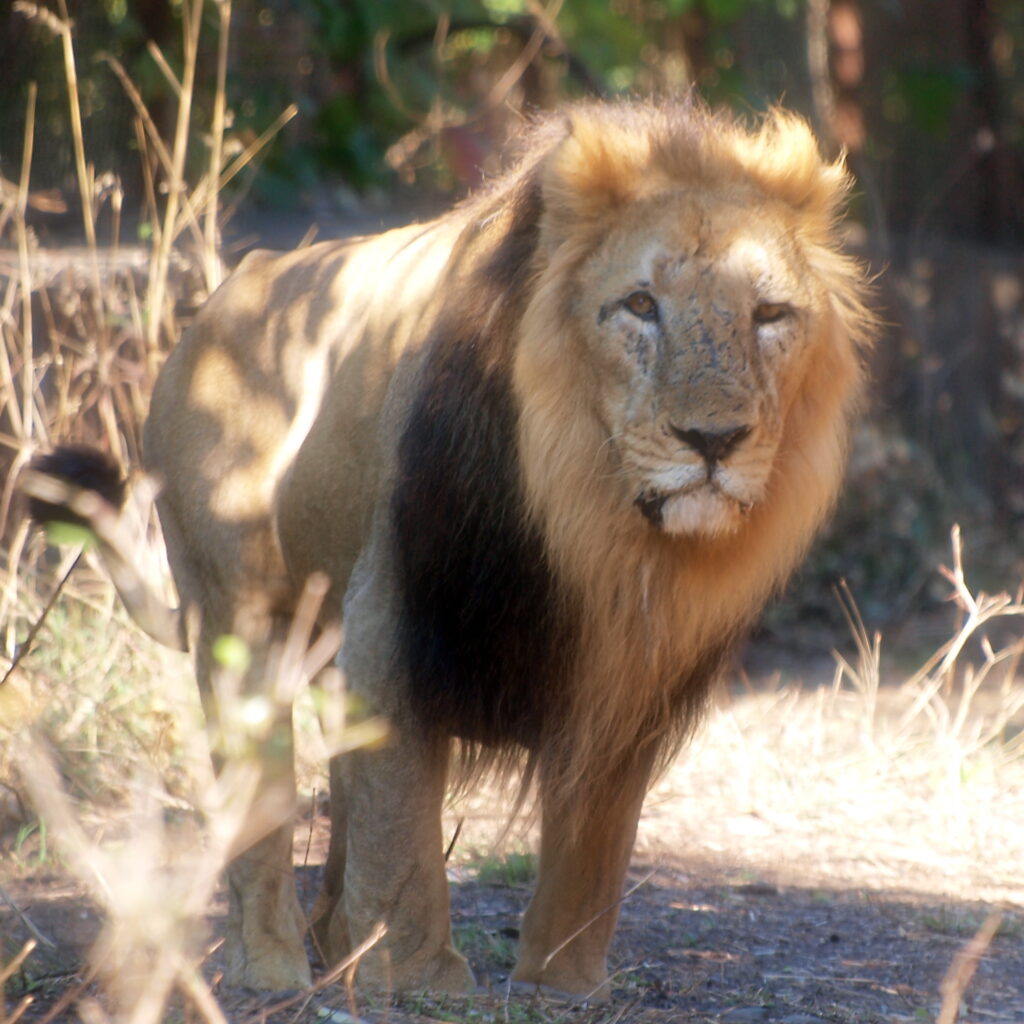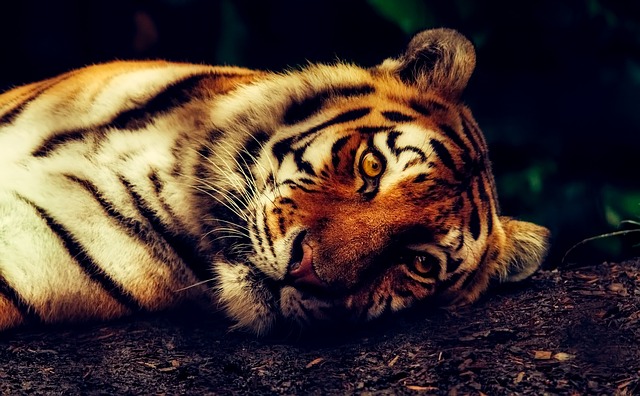Recent research points out that as tiger numbers have dropped over the years, the number of mating partners available has come down too, leading to poor genetic diversity of the royal animal, writes Atula Gupta.
Mysterious, powerful, majestic — the tiger stands tall in our imagination. But, in reality, tigers are disappearing in the wild and are not that powerful either. With the clock ticking against the survival of tigers, it is not merely their numbers that is of concern now but the genes of the future generations of tigers, for they are likely to become a weaker reflection of their earlier generations. As fresh research sheds light on how compared to past tigers, the modern beasts have very poor genetic diversity, it throws yet another challenge in the way of the conservationists.
How to save an animal whose own genes have begun to surrender to the theory of the survival of the fittest? Just a century ago, an estimated 1,00,000 tigers inhabited the forests of Asia. Now, the number stands at about 3,200 in the wild. Yet, with every news of a birth in one of the protected reserves of the country, the faint glimmer of hope still flickers in tiger lovers’ hearts, hoping that their children will not be left looking at the pictures of this majestic animal that once existed.
What has shaken many out of this dream is a new research by scientists at the National Centre for Biological Sciences in Bangalore and Cardiff University who took DNA samples of tiger skin and bones from the collection at the Natural History Museum and National Museum of Scotland and compared it with the DNA of modern tigers.
The team found that as the tiger numbers have dropped over the years, the number of mating partners available has reduced too and this has led to poor genetic diversity of the royal animal. The scientists warn that even if the present efforts are helping increase the number of the animals, these new age tigers are not as strong, resilient or fit as their ancestors. Professor Michael W Bruford of Cardiff University says, “The results were staggering. We found 93 per cent of the DNA genetic variants we measured in the historical tigers are not found in modern tigers. This is a much bigger fall than we expected.”
Failing genes
The genetic diversity of wild tigers has deteriorated to such an extent that it can lead to many worrisome problems in the future. All living organisms carry a genetic blueprint. This is so regardless of whether they are humans, plants, animals, or fungi, whether they are short- or long-lived, and whether they reproduce sexually or clonally. It is the genes that decide our physical traits, mental abilities, how tough or weak we are in face of crisis, our reaction to pathogens and many other attributes. With limited mating partners, the genes that pass on from one generation to another begin to weaken. They are less resistant to diseases, more vulnerable to environment variability around them like temperature, weather changes, mass epidemic or natural disasters. They also struggle surviving with and against competition, and in a jungle this can make the difference between life and death.
With restricted choices of mating partners, a faulty gene in one parent can easily pass on to the offspring and the entire population in an area may become vulnerable to a single health issue or a disease. Imagine, for example an outbreak of malaria wiping out the entire population of tigers!
Most species with a population of 1,000 or more have a good chance of survival and with that reasoning, the tigers should survive too. But, the present researchers disagree. They found that there are two broad genotypes of tigers today, like two families with distinct genes – one that live in the uplands of Nepal, Tibet and northern India, and those that live in the lush lowlands of the South.
What shocked the researchers was finding that these two genotypes are not really very different.
It is just that the intermediate families having different variations in their genes have vanished, leaving two very vulnerable and weak generations partitioned in such a way that there is no chance of one mating with the other.
Ironically, the DNA of the tiger skins that have helped scientists arrive at the shocking results also offer clues to why the modern tiger is dying from within. It is because the best, biggest, fiercest were already killed during the British Raj and by erstwhile maharajas.
The genes that have tumbled down to the present generation belong to the tigers that were spared from becoming a rug in the royal palaces, probably because the challenge to kill them was not as great as their more ferocious counterparts. The numerous photographs of British and royals posing with a dead tiger under their feet, holds today the clue to why the strongest genes of the animal got eradicated so rapidly and the weaker genes survived.
In the light of the present research, the shaky future of the wild cat seems inevitable. But then again, genes have the magical quality to adapt and change to the present environment and are not just photocopied blueprints.
With a little help, like giving the wild tigers more space, expanding their corridors, it might be possible to create once again the much needed resilience. It is not a day’s work, but every moment put to save the national animal, will be worth the effort.
Original Publication: Deccan Herald
Date: 27 May 2013
Link: The Fading Roar



